
Last Updated: 10/30/23 | October 30th, 2023
Travelers can be a fickle group of people to buy gifts for. We’re constantly coming and going, we usually don’t carry a lot of stuff with us, and no two travelers are alike. Finding the perfect gift for the traveler in your life can be tricky.
While a plane ticket is never a bad idea (I’m a window seat in case anyone is thinking of getting me one), I’ve put together this ultimate gift guide for travelers as there’s a lot of great travel gear out there these days that helps people travel cheaper and better.
Even me, the gear-adverse traveler, likes a lot of this stuff!
This is stuff I actually think is super useful. No nonsense. No fluff. Just the best gifts for intrepid travelers and globetrotting nomads.
Table of Contents
Gifts Under $25
1. A Travel Lock
 This simple item is one of the most important for the budget traveler. Since many hostels have lockers, backpackers need to have their own travel lock when they’re on the road. While you can usually rent them at hostels, those prices add up after a while. I never leave home without a lock because I know it will come in handy.
This simple item is one of the most important for the budget traveler. Since many hostels have lockers, backpackers need to have their own travel lock when they’re on the road. While you can usually rent them at hostels, those prices add up after a while. I never leave home without a lock because I know it will come in handy.
2. Loop Earplugs
 Anyone who has ever stayed in a hostel knows that a quality pair of earplugs is a necessity. From chronic snorers to late-night drinkers to copulating couples in creaking bunks, hostels are known for their less-than-quiet accommodation. I suggest investing in good earplugs and not just the cheap foam ones. Not only will they help you sleep, but they’re great for bus trips and flights as well as wearing as you explore louder, more hectic cities.
Anyone who has ever stayed in a hostel knows that a quality pair of earplugs is a necessity. From chronic snorers to late-night drinkers to copulating couples in creaking bunks, hostels are known for their less-than-quiet accommodation. I suggest investing in good earplugs and not just the cheap foam ones. Not only will they help you sleep, but they’re great for bus trips and flights as well as wearing as you explore louder, more hectic cities.
3. Travel Adapter
 Nothing is more tedious than arriving to a new destination only to realize you can’t charge your devices because the electrical outlets are different. That’s why you’ll need a travel adapter. They’re a simple accessory. There’s a million out there but this is one I use as it covers every region of the world and comes with USB ports too. It’s cheap, easy to use, and lightweight. Everything you need in an adapter.
Nothing is more tedious than arriving to a new destination only to realize you can’t charge your devices because the electrical outlets are different. That’s why you’ll need a travel adapter. They’re a simple accessory. There’s a million out there but this is one I use as it covers every region of the world and comes with USB ports too. It’s cheap, easy to use, and lightweight. Everything you need in an adapter.
4. Scratch Travel Maps from Landmass
 Scratch maps are a fun way to keep track of your past travels while helping you stay inspired as you plan your future trips. You simply scratch off the parts of the world you’ve been. Simple. Easy. Landmass is my favorite company that makes these, though there are plenty of other companies that make them now so you can find them in all sorts of sizes and colors.
Scratch maps are a fun way to keep track of your past travels while helping you stay inspired as you plan your future trips. You simply scratch off the parts of the world you’ve been. Simple. Easy. Landmass is my favorite company that makes these, though there are plenty of other companies that make them now so you can find them in all sorts of sizes and colors.
5. Passport Holder
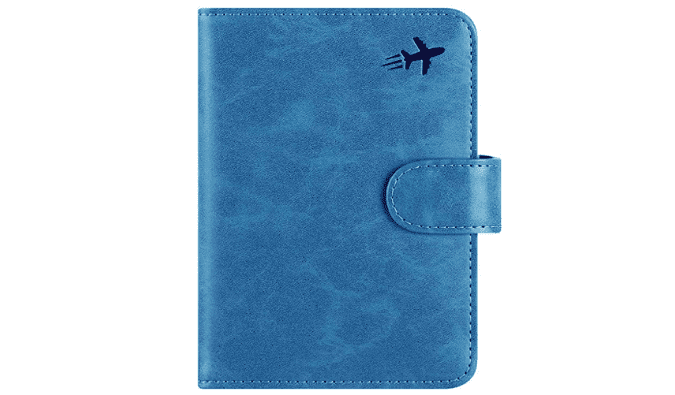 A passport holder is a must-have for any avid traveler. Not only does it protect your passport from wear and tear, it makes your travels much more convenient. Most passport holders have slots for your travel credit cards as well as any cash you have, making it a safe and convenient way to keep your valuables secure while you travel. While there are tons of expensive and fancy passport holders out there, a simple one will get the job done and save you money in the process (money you can spend on more travels!).
A passport holder is a must-have for any avid traveler. Not only does it protect your passport from wear and tear, it makes your travels much more convenient. Most passport holders have slots for your travel credit cards as well as any cash you have, making it a safe and convenient way to keep your valuables secure while you travel. While there are tons of expensive and fancy passport holders out there, a simple one will get the job done and save you money in the process (money you can spend on more travels!).
6. Hand-drawn Food Maps
 These are unique, hand-drawn typographic maps of food from Legal Nomads and artist Ella Frances Sanders. They make a thoughtful gift for anyone who loves to eat and travel (and who doesn’t!). They come in a variety of sizes too! Jodi’s maps are the best!
These are unique, hand-drawn typographic maps of food from Legal Nomads and artist Ella Frances Sanders. They make a thoughtful gift for anyone who loves to eat and travel (and who doesn’t!). They come in a variety of sizes too! Jodi’s maps are the best!
(Use code NOMADICMATT to save 10%)
7. Ten Years a Nomad (and Other Travel Books!)
 This book is my memoir about my ten years traveling and backpacking the world, my philosophy on travel, and the lessons I learned that can help you travel better. It takes you on a trip around the world from start to finish: getting the bug, the planning, setting off, the highs, the lows, the friends, what happens when you come back — and the lessons and advice that come with all that. People have been really enjoying and connecting with it and I think you or any other traveler would love it!! (Plus, getting it helps support everything we do here!)
This book is my memoir about my ten years traveling and backpacking the world, my philosophy on travel, and the lessons I learned that can help you travel better. It takes you on a trip around the world from start to finish: getting the bug, the planning, setting off, the highs, the lows, the friends, what happens when you come back — and the lessons and advice that come with all that. People have been really enjoying and connecting with it and I think you or any other traveler would love it!! (Plus, getting it helps support everything we do here!)
For more travel book suggestions, you can check out my list of recommend reading on Amazon and Bookshop (I have hundreds of book suggestions there!).
8. Celiac Travel Cards
 My friend Jodi from Legal Nomads created these helpful travel cards for anyone traveling with Celiac disease. They are in-depth resources that communicate your concerns to restaurant staff in a way that allows anyone traveling with the disease to have a worry-free meal. If you or someone you love has Celiac disease, these travel cards are a useful resource!
My friend Jodi from Legal Nomads created these helpful travel cards for anyone traveling with Celiac disease. They are in-depth resources that communicate your concerns to restaurant staff in a way that allows anyone traveling with the disease to have a worry-free meal. If you or someone you love has Celiac disease, these travel cards are a useful resource!
(Use code NOMADICMATT for 10% off!)
9. Dry Shampoo

Dry shampoo is a convenient liquid-free alternative to regular shampoo. It’s a useful minimalist solution for budget travelers who travel carry-on only and an eco-friendly choice as well. Natural dry shampoos absorb the grease and oil in your hair, keeping it clean while you’re on the road — and with minimal effort too. It works for all types of hair and hair lengths as well so you don’t need to shave your head or do anything drastic either.
10. Packing Cubes
 Packing cubes are an awesome tool to help you stay organized while you travel. Whether you’re a budget backpacker or traveling with half a dozen suitcases, packing cubes will keep you organized as you travel the world. They come in a variety of sizes, allowing you to store items big and small. If you know a traveler who needs a hand staying organized, this is the gift for them!
Packing cubes are an awesome tool to help you stay organized while you travel. Whether you’re a budget backpacker or traveling with half a dozen suitcases, packing cubes will keep you organized as you travel the world. They come in a variety of sizes, allowing you to store items big and small. If you know a traveler who needs a hand staying organized, this is the gift for them!
11. Exploration Journal
 If you want a travel journal that isn’t just blank pages (like my boring moleskine) but rather has space for itinerary planning, places to jot notes in the local language, inspirational quotes, and much more, grab our new travel journal. It was designed specifically with travelers in mind, so you can take notes and write down stories and reflections during your travels. It’s the perfect gift for the avid traveler!
If you want a travel journal that isn’t just blank pages (like my boring moleskine) but rather has space for itinerary planning, places to jot notes in the local language, inspirational quotes, and much more, grab our new travel journal. It was designed specifically with travelers in mind, so you can take notes and write down stories and reflections during your travels. It’s the perfect gift for the avid traveler!
Gifts Under $100
12. HostelPass
 For the traveler heading to Europe, consider gifting a HostelPass. This discount card offers over 130 discounts to hostels in 40 cities throughout 15 countries in Europe. With HostelPass, travelers can save up to 40% on accommodation. It’s the discount card I wish existed when I first started backpacking around Europe and is perfect for budget traveler planning a trip around the continent.
For the traveler heading to Europe, consider gifting a HostelPass. This discount card offers over 130 discounts to hostels in 40 cities throughout 15 countries in Europe. With HostelPass, travelers can save up to 40% on accommodation. It’s the discount card I wish existed when I first started backpacking around Europe and is perfect for budget traveler planning a trip around the continent.
13. DryFox Quick Dry Travel Towel
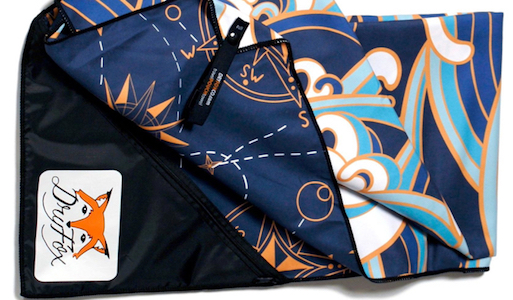 Unless you’re only staying at hotels or using Airbnb, you’re going to need to bring a towel when you travel. Having a lightweight, quick-drying towel makes a huge difference when you’re on the road since regular towels are too bulky and heavy (and they take a long time to dry). Get a travel towel for your next trip so you can travel light. They’re a compact, quick-drying solution that every backpacker needs.
Unless you’re only staying at hotels or using Airbnb, you’re going to need to bring a towel when you travel. Having a lightweight, quick-drying towel makes a huge difference when you’re on the road since regular towels are too bulky and heavy (and they take a long time to dry). Get a travel towel for your next trip so you can travel light. They’re a compact, quick-drying solution that every backpacker needs.
(Use code “nomadicmatt” for 15% off your purchase!)
14. Menstrual Cup
 Menstrual cups are reusable, eco-friendly feminine hygiene products. While I can’t speak to their effectiveness personally, tons of female travelers I know are huge fans. It can be a hassle trying to find the products you need while abroad, making this a simple, effective, and affordable addition to your toiletry kit.
Menstrual cups are reusable, eco-friendly feminine hygiene products. While I can’t speak to their effectiveness personally, tons of female travelers I know are huge fans. It can be a hassle trying to find the products you need while abroad, making this a simple, effective, and affordable addition to your toiletry kit.
15. Trtl Travel Pillow
 Travel pillows are perfect for those long-haul flights, delayed buses, and airport naps. Every traveler needs to have a travel pillow on hand to maximize that downtime and time in transit, and Trtl pillows are the best on the market. They help prevent jet lag and make even the longest, most uncomfortable trip a little more bearable.
Travel pillows are perfect for those long-haul flights, delayed buses, and airport naps. Every traveler needs to have a travel pillow on hand to maximize that downtime and time in transit, and Trtl pillows are the best on the market. They help prevent jet lag and make even the longest, most uncomfortable trip a little more bearable.
16. Travel Headlamp
 This is a handy tool for both backpackers and anyone looking to do any hiking or camping. In a hostel, a headlamp is helpful if you need to check in or out but don’t want to disturb your fellow travelers. For outdoorsy folks, they’re useful for hiking, setting up camp in the dark, and for emergencies.
This is a handy tool for both backpackers and anyone looking to do any hiking or camping. In a hostel, a headlamp is helpful if you need to check in or out but don’t want to disturb your fellow travelers. For outdoorsy folks, they’re useful for hiking, setting up camp in the dark, and for emergencies.
17. External Battery
 These days, we all travel with numerous electronic devices like phones and tablets. It can be hard to keep them all charged. An external battery solves that problem. Two high-output USB ports make this external battery incredibly convenient, and it can charge most phones up to 6 times in one go!
These days, we all travel with numerous electronic devices like phones and tablets. It can be hard to keep them all charged. An external battery solves that problem. Two high-output USB ports make this external battery incredibly convenient, and it can charge most phones up to 6 times in one go!
18. LifeStraw
 Environmentally, pollution from single-use plastics is something every traveler has witnessed. And, monetarily, when you’re traveling, continuously buying water gets expensive. Do your part to help the planet by traveling with a reusable filter. LifeStraw is an awesome brand with a built in water filter. The filters last 5 years so you save money on changing them too.
Environmentally, pollution from single-use plastics is something every traveler has witnessed. And, monetarily, when you’re traveling, continuously buying water gets expensive. Do your part to help the planet by traveling with a reusable filter. LifeStraw is an awesome brand with a built in water filter. The filters last 5 years so you save money on changing them too.
19. Superstar Blogging
 Is there someone on your list looking to start a new career? Why not give them a leg up and enroll them in Superstar Blogging! We offer comprehensive courses on blogging and travel writing that outline everything you need to know to succeed in the travel industry. You’ll learn from me and other top travel experts on how to level up your game, reduce mistakes, get you heard above the noise faster, and make more money.
Is there someone on your list looking to start a new career? Why not give them a leg up and enroll them in Superstar Blogging! We offer comprehensive courses on blogging and travel writing that outline everything you need to know to succeed in the travel industry. You’ll learn from me and other top travel experts on how to level up your game, reduce mistakes, get you heard above the noise faster, and make more money.
Gifts Over $100
20. Suavs shoes
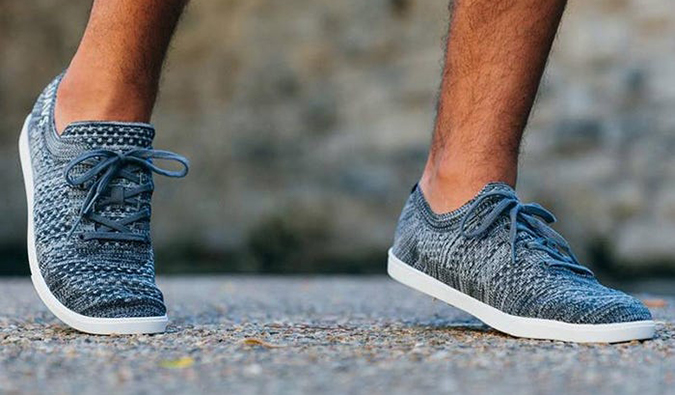 Suavs shoes are super versatile and durable, making them perfect for traveling. Whether you’re just exploring the city or in need of something that looks a bit fancier, these shoes can do it all so you don’t have to pack multiple shoes. They are flexible, light, washable, and breathable. I love them! (They look great too!)
Suavs shoes are super versatile and durable, making them perfect for traveling. Whether you’re just exploring the city or in need of something that looks a bit fancier, these shoes can do it all so you don’t have to pack multiple shoes. They are flexible, light, washable, and breathable. I love them! (They look great too!)
21. Travel Backpack
 If you’ve got a budget traveler on your holiday list, a travel backpack is the gift that keeps on giving. A well-made bag will last for years and through dozens of adventures. Having a reliable travel backpack is one of the most important items for a traveler.
If you’ve got a budget traveler on your holiday list, a travel backpack is the gift that keeps on giving. A well-made bag will last for years and through dozens of adventures. Having a reliable travel backpack is one of the most important items for a traveler.
My favorite bag is the Flash 55 from REI but other companies that make high-quality bags include Osprey, Nomatic, and MEC (for Canadians).
Some bags worth checking out are:
- Men’s Osprey Farpoint 40
- Women’s Osprey Fairview 40
- Pacsafe Venturesafe EXP45 Anti-Theft Travel Backpack
(For a different backpack, check out my guide finding the right backpack for more options!)
22. Travel Clothing from Unbound Merino
 These travel clothes are some of the most versatile on the market. Made from merino wool, Unbound offers clothing that can be worn daily for weeks (and months!) without getting smelly. They are perfect for the traveler who wants to pack lighter. I really love the material, they’re comfortable, they hardly ever need a wash, and they last forever!
These travel clothes are some of the most versatile on the market. Made from merino wool, Unbound offers clothing that can be worn daily for weeks (and months!) without getting smelly. They are perfect for the traveler who wants to pack lighter. I really love the material, they’re comfortable, they hardly ever need a wash, and they last forever!
23. MacBook Air
 This is my favorite travel computer. It’s light, it’s powerful enough for regular use, and the battery life lasts a long time. While an iPad might be another potential travel choice, I find the Air much more versatile — especially with their new M2 chip. You can just do a lot more with it. When I’m on the road, this is the laptop I travel with.
This is my favorite travel computer. It’s light, it’s powerful enough for regular use, and the battery life lasts a long time. While an iPad might be another potential travel choice, I find the Air much more versatile — especially with their new M2 chip. You can just do a lot more with it. When I’m on the road, this is the laptop I travel with.
24. iPhone
 While not a cheap phone, the iPhone has such a high-tech camera that you don’t need to take a traditional camera with you when you travel. It has a solid battery life, a great lens, beautiful screen, and, overall, is just awesome. True, I’m an Apple fanboy so I might be biased but hey, it’s my list!
While not a cheap phone, the iPhone has such a high-tech camera that you don’t need to take a traditional camera with you when you travel. It has a solid battery life, a great lens, beautiful screen, and, overall, is just awesome. True, I’m an Apple fanboy so I might be biased but hey, it’s my list!
For a non-Apple phone with an equally awesome camera, check out the Google Pixel. It has an excellent camera!
25. Noise-Canceling Headphones
 These are ideal for those long flights or bus trips as they block out background noise so you can read, work, or sleep without being disturbed. The wireless Bose QuietComfort 45 headphones are fan favorites and my go-to brand. They are comfortable, rechargeable, and do an amazing job at removing background noise. If you’re on a budget, consider the QuietComfort 25 instead.
These are ideal for those long flights or bus trips as they block out background noise so you can read, work, or sleep without being disturbed. The wireless Bose QuietComfort 45 headphones are fan favorites and my go-to brand. They are comfortable, rechargeable, and do an amazing job at removing background noise. If you’re on a budget, consider the QuietComfort 25 instead.
26. Kindle
 While I personally prefer to read physical books, I can’t argue against the convenience and simplicity of the Kindle. Hauling around physical books is a pain if you’re traveling often. With a Kindle, you can pack over 1,000 books into a single device and many versions can also use apps and access the internet. It’s a wonderful gift for the avid reader.
While I personally prefer to read physical books, I can’t argue against the convenience and simplicity of the Kindle. Hauling around physical books is a pain if you’re traveling often. With a Kindle, you can pack over 1,000 books into a single device and many versions can also use apps and access the internet. It’s a wonderful gift for the avid reader.
27. GoPro Hero 11
 Every traveler needs a camera, and few are as versatile and durable as the GoPro. They’re incredible for photos and video no matter the climate. They’re waterproof and are perfect for both everyday city exploring as well as more extreme and adventurous activities. They’re just awesome. If the Hero 9 is too pricey, grab the 8. It’s just as good and a bit cheaper!
Every traveler needs a camera, and few are as versatile and durable as the GoPro. They’re incredible for photos and video no matter the climate. They’re waterproof and are perfect for both everyday city exploring as well as more extreme and adventurous activities. They’re just awesome. If the Hero 9 is too pricey, grab the 8. It’s just as good and a bit cheaper!
Whether you’re searching for the perfect holiday gift for a traveler in your life or just looking for some inspiration for yourself, this list will help you find an awesome gift. No matter your budget, there is something here for you to help you level up your travels or the travels of a loved one.
Book Your Trip: Logistical Tips and Tricks
Book Your Flight
Find a cheap flight by using Skyscanner. It’s my favorite search engine because it searches websites and airlines around the globe so you always know no stone is being left unturned.
Book Your Accommodation
You can book your hostel with Hostelworld. If you want to stay somewhere other than a hostel, use Booking.com as it consistently returns the cheapest rates for guesthouses and hotels.
Don’t Forget Travel Insurance
Travel insurance will protect you against illness, injury, theft, and cancellations. It’s comprehensive protection in case anything goes wrong. I never go on a trip without it as I’ve had to use it many times in the past. My favorite companies that offer the best service and value are:
- SafetyWing (best for everyone)
- Insure My Trip (for those 70 and over)
- Medjet (for additional evacuation coverage)
Want to Travel for Free?
Travel credit cards allow you to earn points that can be redeemed for free flights and accommodation — all without any extra spending. Check out my guide to picking the right card and my current favorites to get started and see the latest best deals.
Ready to Book Your Trip?
Check out my resource page for the best companies to use when you travel. I list all the ones I use when I travel. They are the best in class and you can’t go wrong using them on your trip.
The post My Top Gifts for Travelers for the Holidays appeared first on Nomadic Matt's Travel Site.

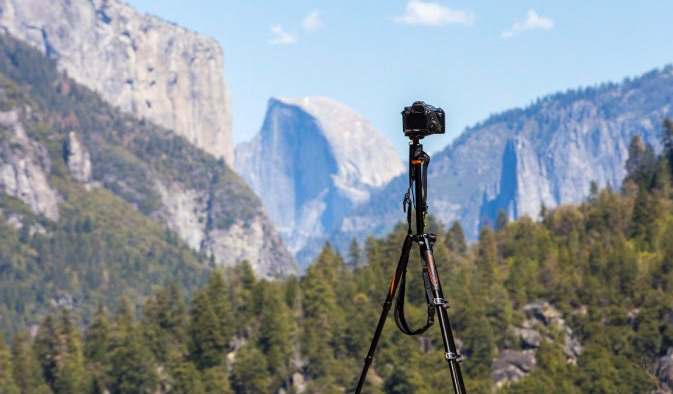

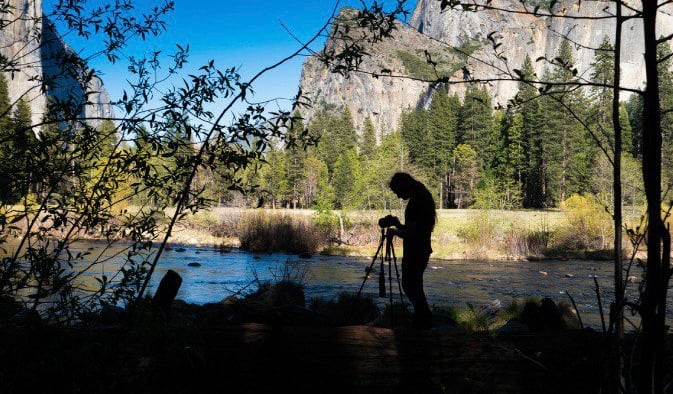


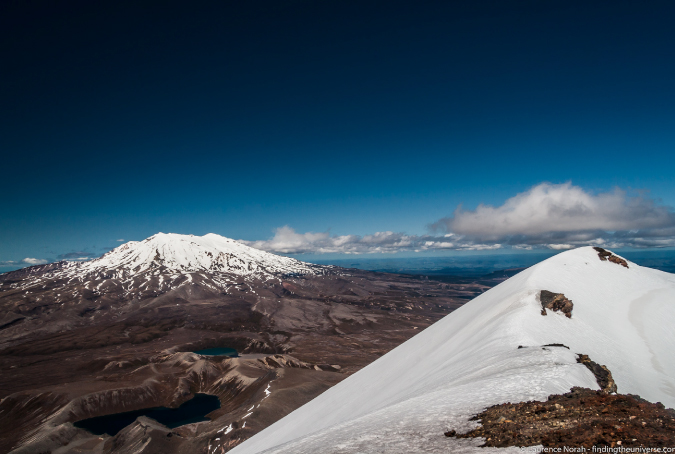

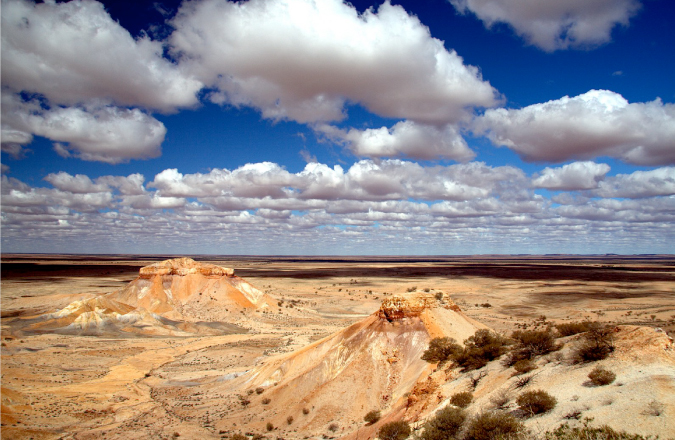








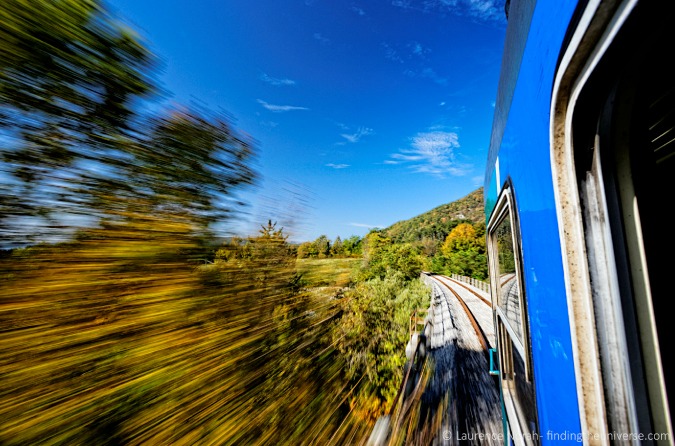


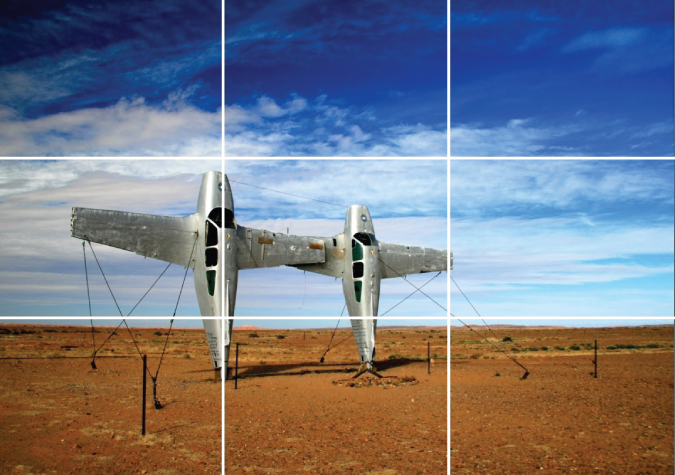
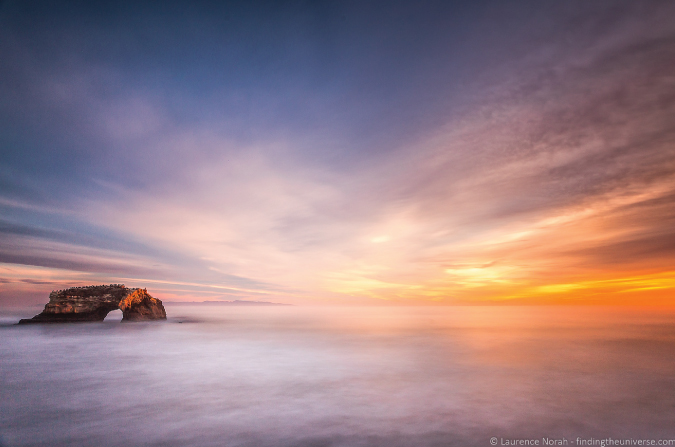



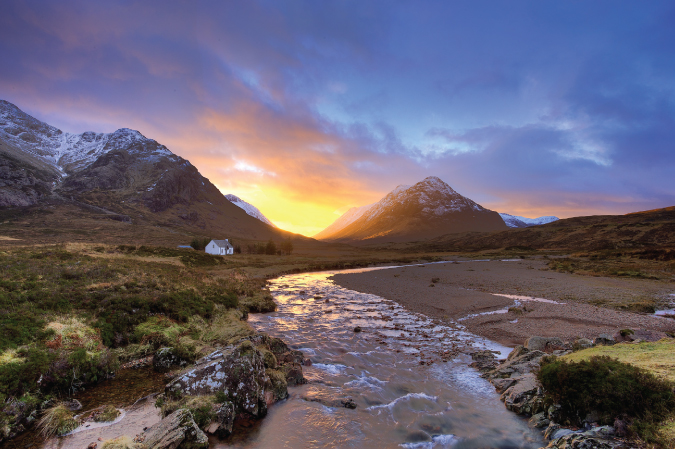
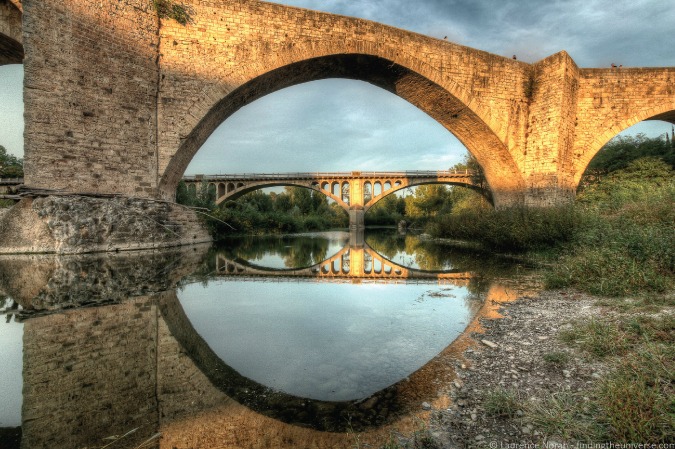





 Posted: 11/29/18 | November 29th, 2018
Maybe it was the traffic. Maybe the smog. Maybe it was the apparent vanity of everyone I met. Or the hippie-dippie way of life (I’ve seen people pick meals by using a crystals). I know it was definitely in part the lack of public transportation.
While I could never really put my finger on it, there was just something about
Posted: 11/29/18 | November 29th, 2018
Maybe it was the traffic. Maybe the smog. Maybe it was the apparent vanity of everyone I met. Or the hippie-dippie way of life (I’ve seen people pick meals by using a crystals). I know it was definitely in part the lack of public transportation.
While I could never really put my finger on it, there was just something about  But it’s not like
But it’s not like